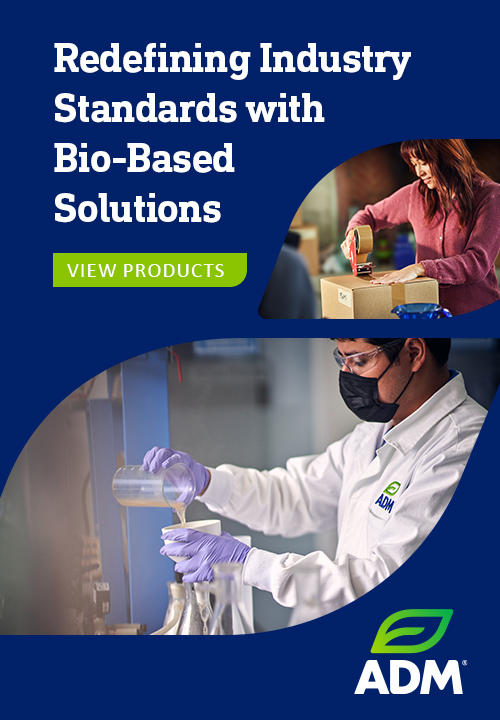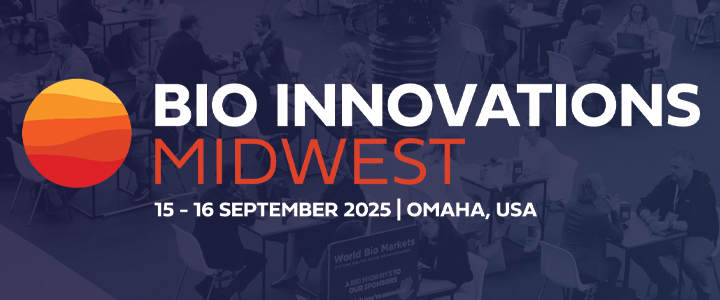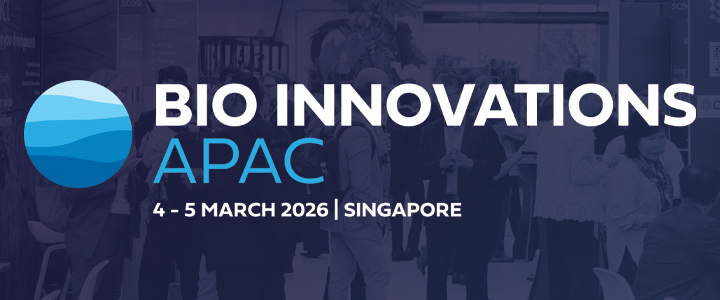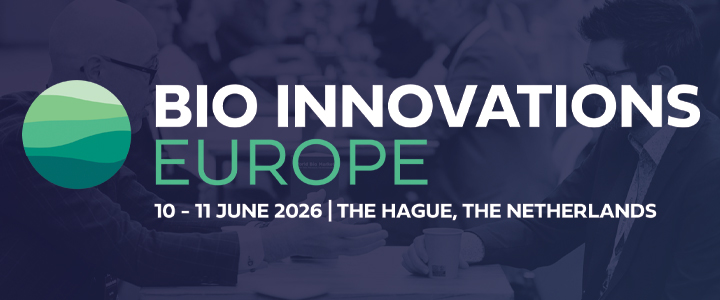Chemists at the University of Kansas and the U.S. Department of Energy’s Brookhaven National Laboratory have taken a big step toward splitting hydrogen and oxygen molecules to make pure hydrogen without using fossil fuels.
Results from pulse radiolysis experiments have laid bare the complete reaction mechanism for an important group of “water-splitting” catalysts. The KU and Brookhaven work means scientists are closer to making pure hydrogen from renewable energy, an energy source that could contribute to a greener future for the nation and world.
Their findings appear in Proceedings of the National Academy of Sciences.
“Understanding how the chemical reactions that make clean fuels like hydrogen work is very challenging — this paper represents the culmination of a project that I started in my very first year at KU,” said co-author James Blakemore, associate professor of chemistry, whose research in Lawrence forms the basis of the discovery.
“Our paper presents data that were hard-won from specialized techniques to understand how a certain catalyst for hydrogen generation does the job,” he said. “The techniques that were used both here at KU and Brookhaven are quite specialized. Implementing these allowed us to get a full picture of how to make hydrogen from its constituent parts, protons and electrons.”
“It’s very rare that you can get a complete understanding of a full catalytic cycle,” said Brookhaven chemist Dmitry Polyansky, a co-author of the paper. “These reactions go through many steps, some of which are very fast and cannot be easily observed.”
“In our work, we hope that chemists will see a study about how a common ligand, Cp*, can enable unusual reactivity,” the KU researcher said. “This unusual reactivity is relevant to the hydrogen story, but it’s actually bigger than this because Cp* is found in so many different catalysts. Chemists normally think of catalysts as being based on metals. In this way of thinking, if you’re making a new molecule, the metal is the key actor that brings the constituent parts together. Our paper shows that this isn’t always the case. Cp* can be involved in stitching the pieces together to form products.”







